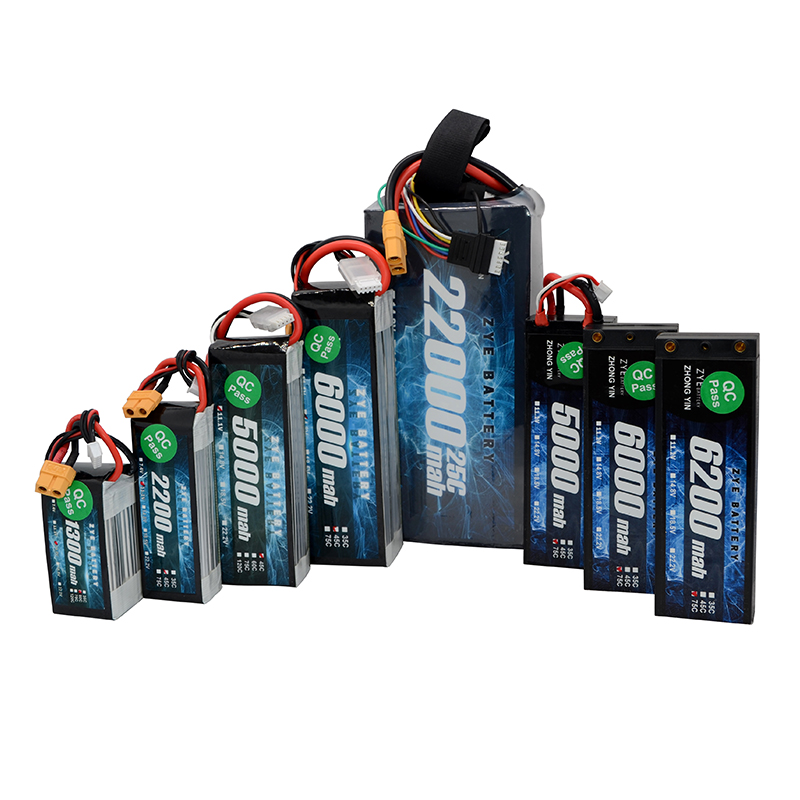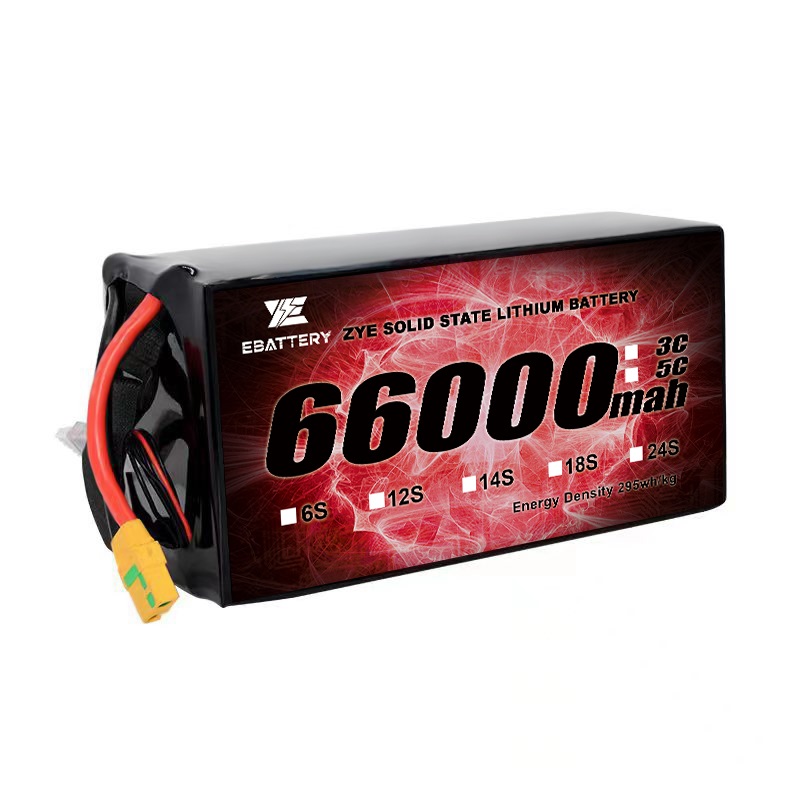How can semi-solid batteries improve self-discharge and battery performance?
2025-09-19
In drone applications such as agriculture and surveying, rapid battery self-discharge and performance degradation have long been major pain points. Through dual breakthroughs in material innovation and intelligent management, semi-solid batteries are redefining reliability standards for drone power systems.

What makes semi-solid electrolytes safer than liquid electrolytes?
Semi-solid electrolytes represent a major leap in battery technology. Unlike traditional liquid electrolytes, semi-solid batteries utilize gel-like substances that combine the best properties of solid and liquid electrolytes. This unique composition offers multiple safety advantages:
1. Reduced leakage risk: The viscous nature of semi-solid electrolytes minimizes the possibility of leakage, a common safety hazard in liquid electrolyte batteries.
2. Enhanced Structural Stability: Semi-solid electrolytes provide superior mechanical support within the battery, reducing the risk of internal short circuits caused by physical deformation or impact.
3. Improved Thermal Management: The semi-solid structure facilitates more uniform heat distribution, minimizing the likelihood of localized hotspots that could trigger thermal runaway.
4. Reliable Flame Retardancy: Enhanced flame resistance—unlike typically highly flammable liquid electrolytes, semi-solid electrolytes exhibit significantly lower combustibility indices.
Key Factors Affecting Self-Discharge in Semi-Solid Batteries
1. Composition plays a critical role in determining self-discharge rates. The balance between solid and liquid components influences ion mobility and the likelihood of adverse reactions.
2. Temperature significantly impacts self-discharge rates in all battery types, including semi-solid batteries. Higher temperatures typically accelerate chemical reactions and increase ion mobility, leading to faster self-discharge.
3. A battery's state of charge (SOC) affects its self-discharge rate. Batteries stored at higher SOC levels often experience faster self-discharge due to increased potential for side reactions.
4. Impurities or contaminants in the electrolyte or electrode materials accelerate self-discharge. These unwanted substances can catalyze side reactions or create pathways for ion movement.
5. The interface between electrodes and the semi-solid electrolyte is a critical region affecting self-discharge. The stability of this interface influences the formation of protective layers.
6. A battery's cycling history affects its self-discharge characteristics. Repeated charging and discharging causes structural changes in electrodes and electrolytes, potentially altering self-discharge rates over time.
Semi-solid batteries maintain over 80% capacity after 1000-1200 cycles through stable SEI films and anti-dendrite designs. This extends drone battery replacement cycles from six months to over two years. The key lies in the high mechanical strength of the semi-solid electrolyte, which suppresses lithium dendrite growth.
Semi-solid batteries reduce liquid electrolyte content to 5%-10%, with the remainder comprising a three-dimensional network framework of polymer gel and ceramic particles. This structure functions like a precision filter: it ensures ion transport during charging/discharging via continuous ion channels while significantly reducing ion diffusion rates during rest periods.
Precise regulation by the intelligent BMS (Battery Management System) provides enhanced safety assurance.
Equipped with a Kalman filter-based adaptive battery management system, the semi-solid battery monitors microcurrent changes in real time and automatically activates low-power protection mode upon detecting abnormal self-discharge increases.
By precisely modeling the battery's temperature-voltage-self-discharge characteristics, the system dynamically adjusts the balancing circuit's operational state, reducing overall power consumption to below 50μA during drone storage. This further lowers the battery pack's self-discharge rate by 20%-30%.
Conclusion:
Current research in semi-solid battery technology focuses on developing advanced electrolyte formulations to enhance stability and reduce self-discharge. These may include novel polymer gel electrolytes or hybrid systems that combine the advantages of solid and liquid components. By optimizing electrolyte composition, batteries with lower self-discharge rates can be manufactured without compromising performance.
As research in this field continues to advance, we anticipate further improvements in self-discharge rates and overall battery performance.
























































